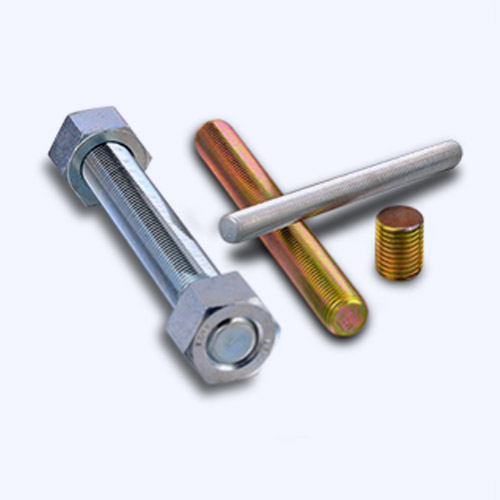Қар . 22, 2024 01:02 Back to list
hollow screw
The Hollow Screw An Ingenious Fastening Solution
In the world of engineering and manufacturing, the quest for innovation often leads to the development of specialized tools and components that enhance the efficiency of systems and structures. Among these innovations, the hollow screw emerges as an intriguing fastening solution, uniquely designed to address the specific needs of various industries.
Definition and Design
The hollow screw is a type of fastener characterized by its hollow shaft, which distinguishes it from traditional solid screws. This design allows for various functionalities that solid screws cannot provide. Typically crafted from high-strength materials such as stainless steel or titanium, hollow screws can withstand considerable stress while maintaining a lighter weight. The hollow core of the screw enables it to be utilized in applications where lightweight components are essential, such as in aerospace and automotive industries.
Functionality and Applications
One of the primary advantages of hollow screws is their ability to facilitate the passage of fluids or gases. This makes them particularly valuable in applications involving hydraulic systems, pneumatic systems, and fluid transfer mechanisms. For instance, in hydraulic machinery, hollow screws can be used to connect hoses or tubes, allowing for seamless fluid flow while also securing components in place. This dual functionality reduces the need for additional fittings or connectors, simplifying the overall design and saving space.
Moreover, hollow screws can also be beneficial in applications where weight reduction is critical. In aerospace engineering, for example, every ounce counts. The use of hollow screws can lead to significant weight savings without compromising structural integrity. Similarly, in the automotive industry, lightweight components contribute to improved fuel efficiency and performance. The versatility of hollow screws makes them suitable for a wide range of industrial sectors, from marine engineering to medical devices.
hollow screw

Manufacturing and Technological Advancements
The manufacturing process of hollow screws typically involves precision machining techniques, such as CNC (Computer Numerical Control) machining. This advanced technology allows for the accurate shaping of the screw’s hollow profile, ensuring optimal performance and reliability. Innovations in material science have also led to the development of corrosion-resistant coatings and treatments, further enhancing the lifespan and usability of hollow screws in challenging environments.
Additionally, the rise of additive manufacturing, or 3D printing, has revolutionized the production of hollow screws. This method enables the creation of complex geometries that were previously difficult, if not impossible, to achieve with traditional manufacturing techniques. As a result, engineers can design hollow screws tailored to specific applications, maximizing their effectiveness while minimizing waste.
Challenges and Considerations
Despite their advantages, hollow screws are not without challenges. The integrity of the hollow design necessitates careful consideration during installation to prevent issues such as cross-threading or strip-out. Proper torque specifications must be adhered to, ensuring a secure fit that does not compromise the screw’s structural integrity. Furthermore, the hollow nature of these screws means that they may not be suitable for applications requiring extremely high levels of tensile strength, where solid screws would be more effective.
Conclusion
The hollow screw represents a fusion of innovation and practicality in fastening solutions. Its unique design offers a variety of benefits, including weight reduction, fluid transfer capabilities, and versatility across multiple industries. As technological advances in manufacturing continue to unfold, the potential for hollow screws will likely expand, paving the way for new applications and enhancements. Engineers and designers are continually challenged to push the boundaries of traditional fastenings, and the hollow screw stands out as a testament to creative problem-solving in modern engineering. As industries seek more efficient and effective solutions, the hollow screw will undoubtedly play an integral role in shaping the future of fastening technologies.


